9 Best Natural Sunscreens for Babies, Kids & Adults 2023
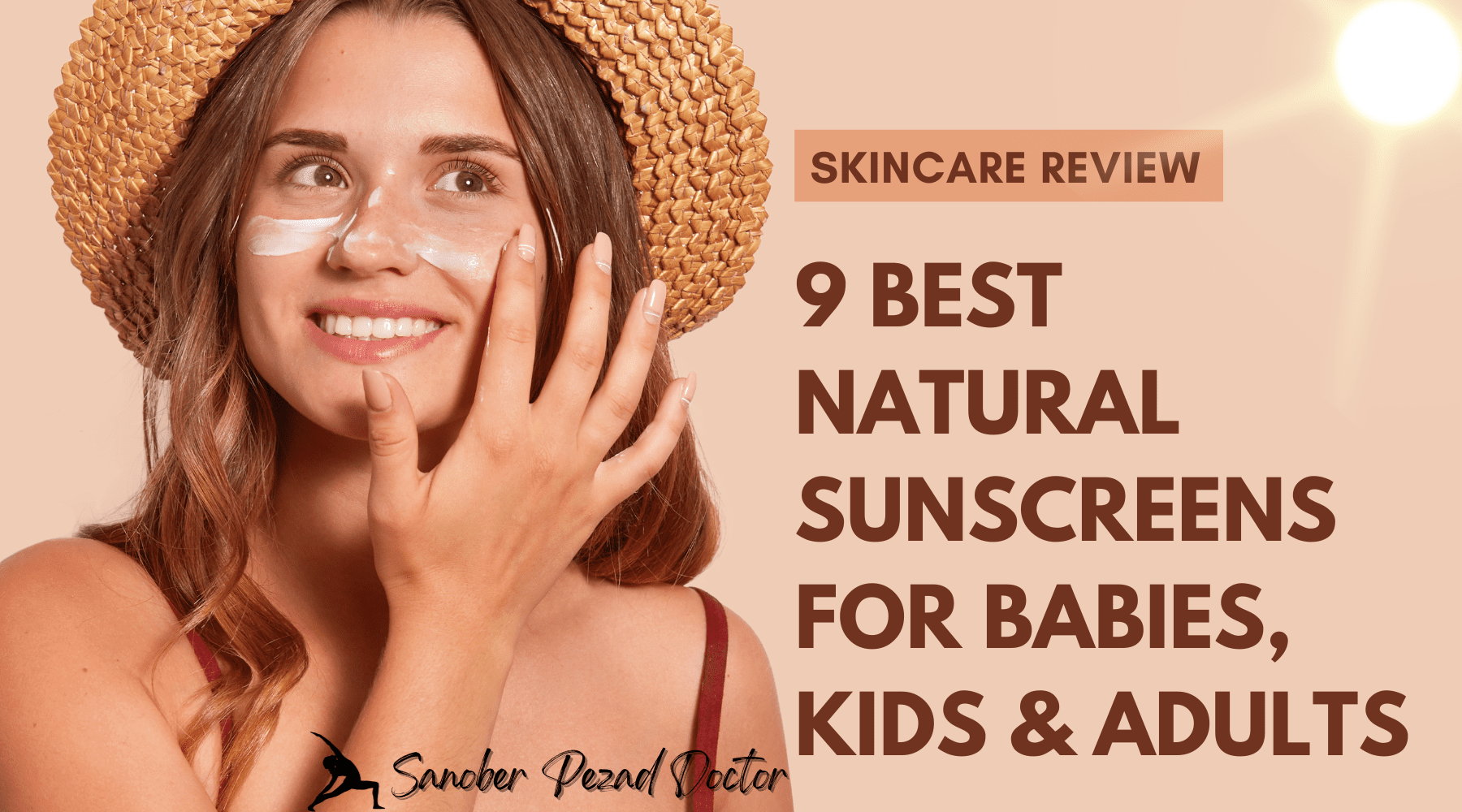
Including options for Dry, Sensitive & Irritated skin!
Like a broken record playing the same lousy lyrics over and over, every year sunscreen choices seem to be stuck on repeat with many products offering inferior sun protection and potentially unsafe ingredients.
But what exactly is the trouble with ingredients in sunscreens?
I discussed this in detail in my article- What to Look for in Sunscreen? Sunscreen Safety 101
But just to give you an overview, sunscreen products are intended to be applied to the body every day, for a lifetime. The companies that make and sell sunscreen ingredients and products should test them thoroughly for potential short-term and long-term health effects.
But in 2019, when the federal Food and Drug Administration – the agency that governs sunscreen safety – proposed its most recent updates to sunscreen regulations, it found that only two ingredients, zinc oxide, and titanium dioxide, could be classified as safe and effective, based on the currently available information.
Within the past year, the European Commission has published preliminary opinions on the safety of three organic UV filters, oxybenzone, homosalate and octocrylene. It found that the levels of two of them were not safe in the amounts at which they are currently used.
So when it comes to the topic of sunscreens, it is like entering a highly debatable and confusing issue in the natural world. The conventional options are bad for you. And a lot of the “green” ones aren’t much better. Now we are trying to address the needs of the entire population- men, women, babies, our beloved grandparents…it is a question of literally everyone’s safety!
So what do we do? Should we make our own, buy a natural one, or skip it altogether? What is the best natural sunscreen?
What makes a Good, Effective & Safe sunscreen?
If you’re wondering whether a tube of sunscreen in your home would be safe for yourself and your little ones, then here are some recommendations to assess:
- Try to make sure that the only active ingredient in the sunscreen is zinc oxide (since it has been found to be the safest so far).
- The “other ingredients” should be things you recognize, not strange, long chemical names that you cannot pronounce.
- An added advantage is the presence of antioxidants, such as carrot oil, Vitamin E, green tea, sunflower oil, shea butter, and more. The more the better!
How much Sunscreen do we need to Apply?
Ideally, sunscreen needs to be applied all over the sun-exposed areas and should be allowed to dry completely before sun exposure. A general rule of thumb is to apply sunscreen for at least 30 mins before stepping out into the sun. also, remember to apply it every 2 h, especially after swimming, vigorous activity, or excessive perspiration. [1] The sun emits harmful UV rays year-round. Even on cloudy days, up to 80% of the sun’s harmful UV rays can penetrate the clouds, so make sure you apply sunscreen even on cloudy days!
I like using the “Teaspoon rule” to guide my clients as it is an easy way to apply the recommended amount of sunscreen.
3 mL (slightly more than half a teaspoon)
- for each arm
- for the face and neck.
6 mL (slightly more than a teaspoon)
- for each leg
- for the chest
- for the back.
What is the Safest way to Protect yourself from the Sun?
If sun exposure is a big concern or for those with a family history of skin cancers, the safest option is to avoid the sunscreens that authorities like the EWG have said might contribute to skin cancer and use the safest form of sun protection: covering up. I discuss Sunscreen Safety in detail in this article- What to look for in Sunscreen? Sunscreen Safety 101
With all the information and misinformation about sunscreen out there, the easiest and safest way to avoid sun damage is to stay in the shade and wear a hat or long sleeves.
Can We Protect Ourselves from the Sun Without Sunscreen?
The best form of sun protection is avoiding prolonged times in direct sunlight. Some sun is okay (and important) but after getting enough sun for vitamin D, cover up with long sleeves and hats or stay in the shade. The amount of exposure we can all handle depends on our skin tones and skin type, and it is important to avoid sun damage at all costs.
Pay attention to the following steps to protect your skin.
- Seek shade The sun’s rays are strongest between 10 a.m. and 2 p.m. If your shadow is shorter than you are, seek shade.
- Wear sun-protective clothing such as a lightweight and long-sleeved shirt, pants, a wide-brimmed hat, and sunglasses with UV protection, when possible. For more effective sun protection, select clothing with an ultraviolet protection factor (UPF) number on the label.
- Avoid tanning beds. Ultraviolet light from the sun and tanning beds can cause skin cancer and wrinkling. If you want to look tan, you may wish to use a self-tanning product but continue to use sunscreen with it.
- Use extra caution near water, snow, and sand as they reflect the damaging rays of the sun, which can increase your chance of sunburn.
My Recommendations
You might find that most of the ones I have mentioned are for kids and are physical sunscreens. A simple trick I employ is, if the company asserts it is safe for babies, then it is safe for adults as well. Besides, I don’t see any reason why as adults we cannot use sunscreens meant for children. They are one of the best and safest bets.
Another disclaimer that I wish to announce at the very outset is that most mineral sunscreens will have a whitish appearance when you apply them initially, but trust me, that blends in within 10-15 mins. I see a lot of people bother with this aspect, but I find that a complete waste of time. Especially when it comes to the question of protecting yourself and your child from sunburns, tanning, and skin cancers, I believe we can put vanity out of the window for a bit!
Best Mineral Sunscreen Options Overall

My Current Favourite- SUN LOVE – EVERYDAY SHEER SUNSCREEN by AnnMarie
Since zinc oxide is the only active sunscreen ingredient rated safe for babies under 6 months, I generally prefer zinc-only active ingredient sunscreens.
This is one of the cleanest and safest sunscreens I have found. One look at the ingredient list and you’ll understand why I am very fond of it.
It uses non-nano zinc which is a big plus too! It is slightly pricier than most of the commercial ones but I think it is well worth it. I know of some who exclaim that is so safe you can eat it!… I wouldn’t try that though!
You can save 10% if you opt-in for the subscription.

Green Screen Organic Sunscreen by Kabana
Kabana is another clean and safe sunscreen I have found to date. As with most of the ones I have shared in this article, the Green Screen Organic Sunscreen is reef-safe and 100% eco-friendly.
While I prefer the Sunlove for everyday use, I like reserving this for when you are going to be outdoors especially swimming or playing a sport as it does have a very prominent chalky white appearance. Safety over aesthetics wins for me every single time!
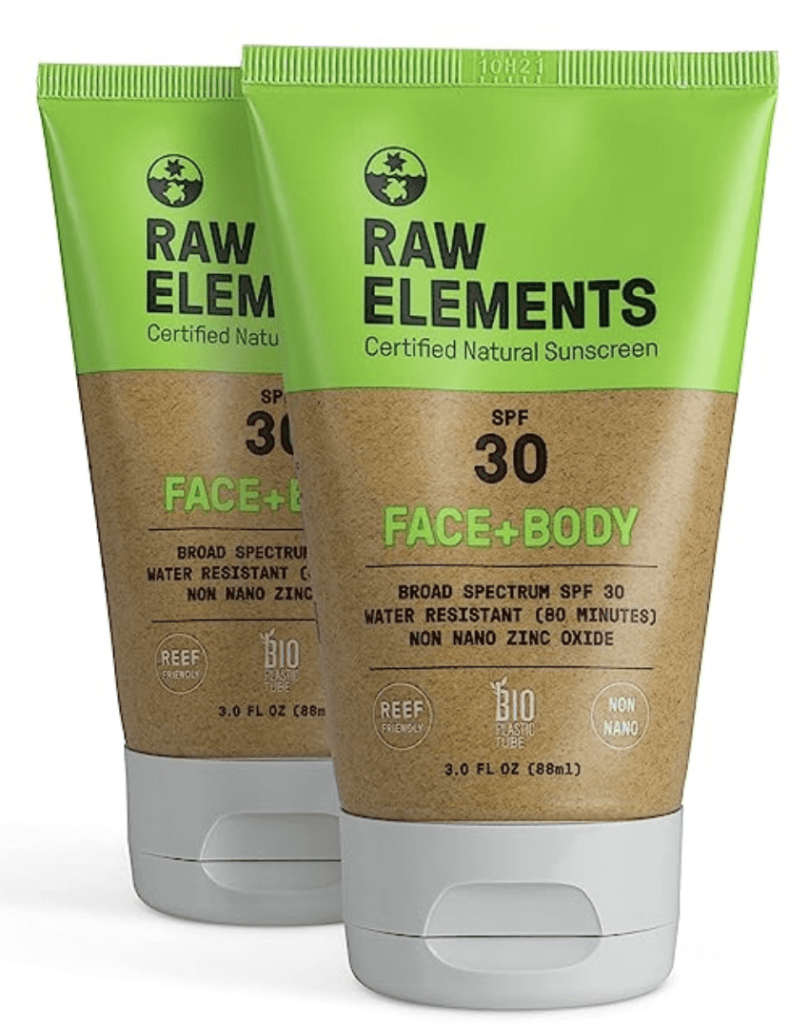
This eco-friendly brand was developed by a lifeguard. This brand has larger particles of zinc oxide than most of the others!
Another bonus: It doesn’t appear as pasty after application as the other natural brands. If that is a concern then they have a nice tinted facial stick too! Perfect!

Thinksport Kids SPF 50+ Mineral Sunscreen
This brand has super clean ingredients and is loved by many. It ranks 1 on the EWG database. While it is a “whiter” and more pasty feel, it goes on better than many natural sunscreens out there.
Best Mineral Sunscreens for Sensitive Skin

Blue Lizard Australian Sunscreen Sensitive
The Blue Lizard sunscreen is an Australian brand, so I know they take their sunscreen very seriously, as Australia has the highest rate of melanoma. They have a great option for sensitive skin which I think works very well for most skin types.
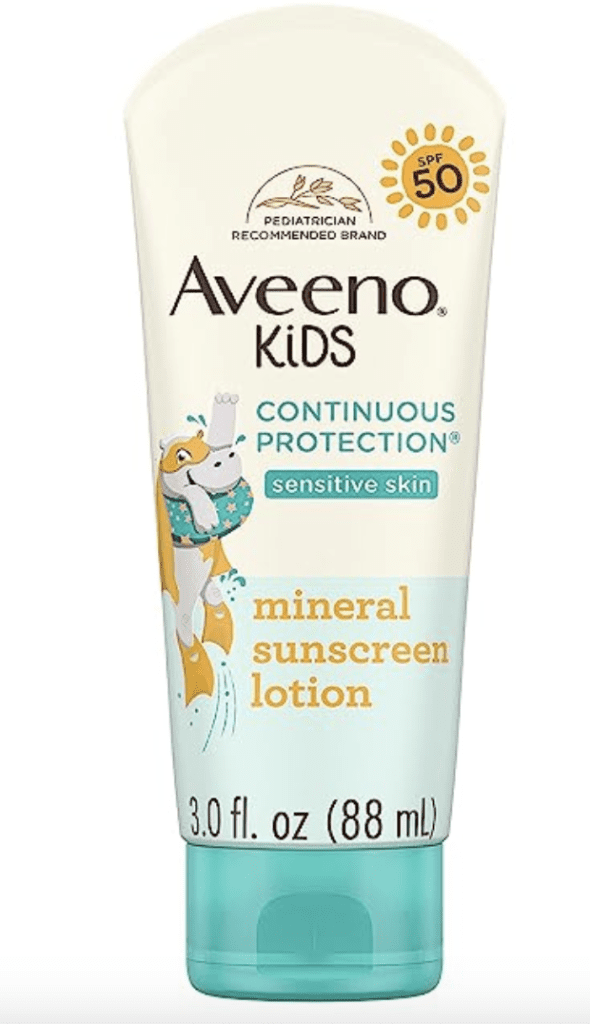
Aveeno Kids Zinc Oxide Mineral Sunscreen Lotion for Children’s Sensitive Skin
This sunscreen by Aveeno is designed for sensitive skin and is water- and sweat-resistant. This was one of the 1st mineral sunscreens I stuck to. This is a great sunscreen for anyone with sensitive skin as it’s formulated with oats, which helps keep the skin moisturized.
Best Mineral Sunscreen for Dry Skin

It is a natural and tallow-based Sun Balm with non-nano zinc oxide. It is water-resistant with UVA & UVB protection for up to 35-60 minutes.
I love the fact that it has tallow. Tallow is loaded with vitamins A, D3, K2, E, and B12, is known to fight off wrinkle-producing free radicals & serves as an excellent moisturizer.
The ingredient list includes- Grass-fed tallow, organic olive oil, 20% non-nano zinc oxide, coconut co2, and vanilla extract ONLY! Need I say more?
Other Great Options to consider
Better Options in Europe?- As compared to the United States, Europe has stricter standards for sun protection. In fact, many US sunscreens are too weak to be sold in Europe and offer much less UVA protection.
Skip spray sunscreens
It is best to avoid spray sunscreens as it is difficult to assess how much has been applied and there are questions regarding potential ingredient toxicity and the chances of inhalation of the products.
Applying too thin a layer of sunscreen is one reason a sunscreen may not be effective, and this is especially a problem with spray sunscreens. How thickly an aerosol sunscreen is applied dropped significantly in even a light breeze, according to tests by researchers from Australia’s Griffith University – enough that even application of as much as an entire container could fail to provide adequate sun protection. The Australian government recommends all consumers avoid aerosol sunscreens completely and you should too.
If there is a particular sunscreen you have in mind or use, and want me to investigate whether it is worth the hype, let me know in the comments below and I will be happy to investigate it for you.
Till then,
Continue to glow, thrive and shine as always.
Sending lots of healthy and happy wishes your way. ?
P.S.- If you like what I share, consider Subscribing to stay connected. I do NOT spam. Promise! ?
Also, please leave a comment and share the article with your loved ones. Sharing is Caring!
Feel free to ask a question or leave a suggestion as well. I am always open to learning. ?
References
1- Schneider J. The teaspoon rule of applying sunscreen. Arch Dermatol 2002;138:838-9.


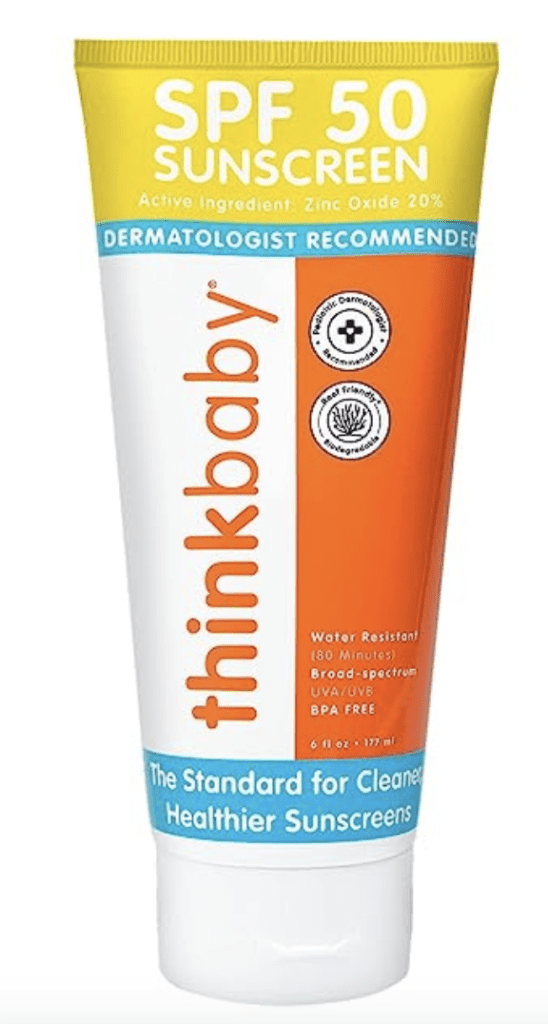
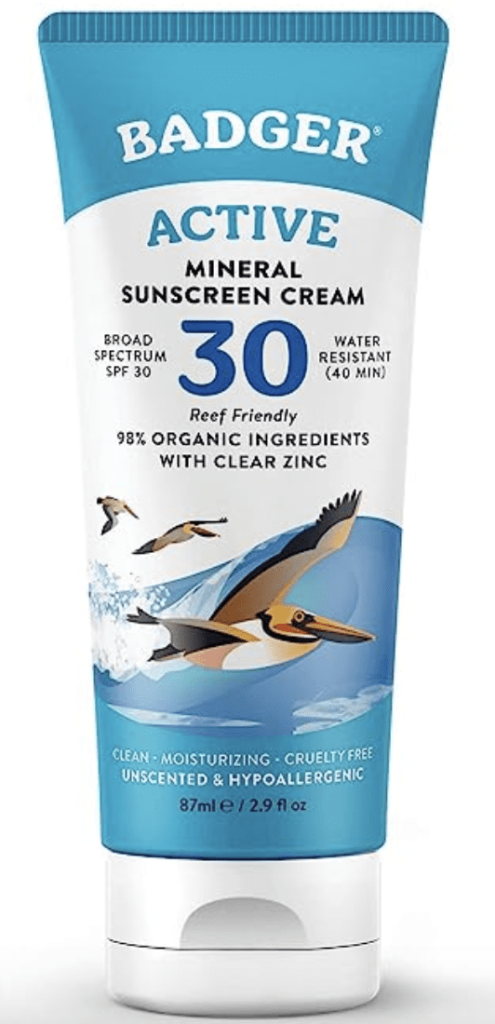
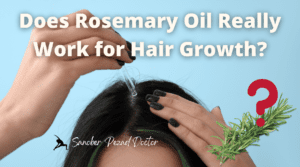
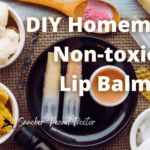

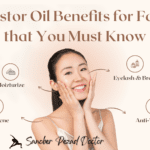
Comments
Sending to my brother now! He’s got some kiddos he’s trying to protect from the sun and his neighborhood pool opens in a week! This is such a comprehensive guide, thanks for putting it together!
Thank you!
As someone who burns SUPER easy, thank you for putting this together! I have tried my fair share of sunscreens over the years and definitely always look for the best options. Thanks for sharing!
Thank you. It is not good when the skin burns. I hope one of these will serve you well.
These are great recommendations! I’ve been looking for a new sunscreen for my kids. I’m going to try a couple of these!
Thank you, Melissa!